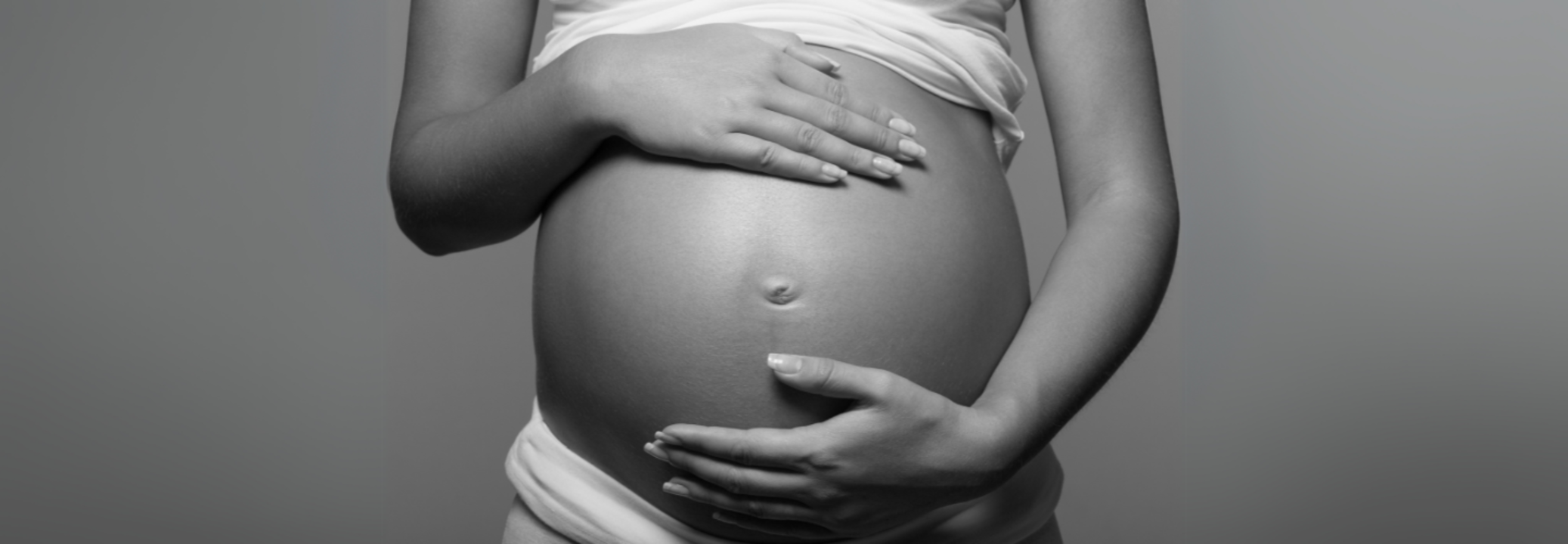Is There A Limit To How Far Female Fertility Can Be Extended?

Credits: Canva
SummaryFemale fertility is said to decline in the early 30s due to decreasing egg count and quality, with natural fertility typically ending 8 years before menopause, around age 51.
End of Article
